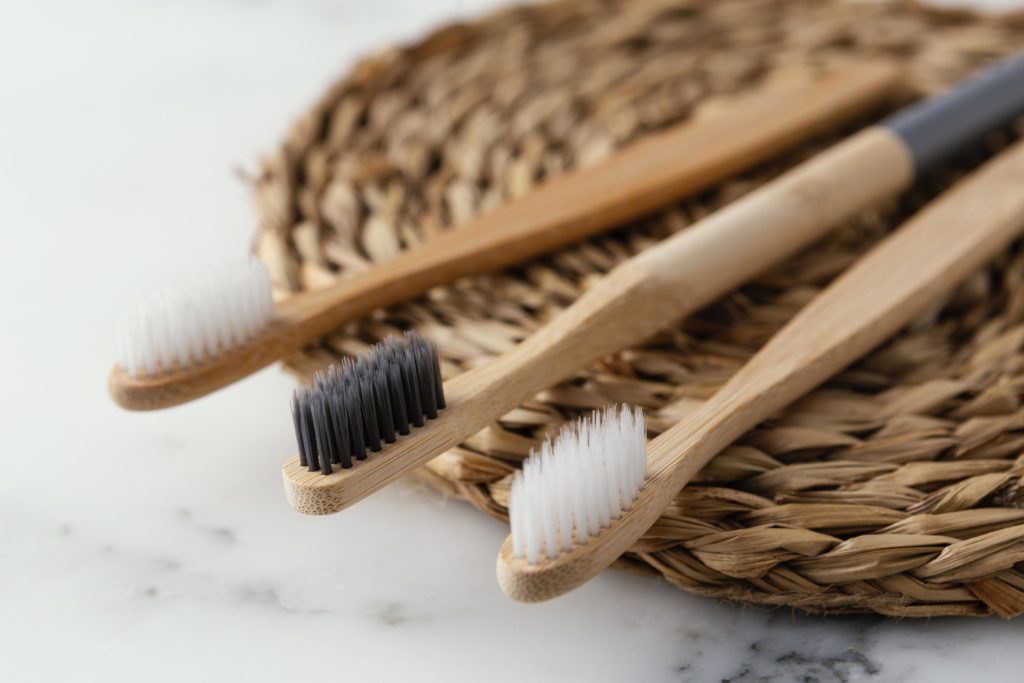Maintaining proper oral hygiene is essential for a healthy smile and overall well-being. One of the key elements of oral care is selecting the right toothbrush and toothpaste. In this blog post, we will delve into the importance of choosing the right toothbrush and toothpaste, understanding the factors to consider when selecting a toothbrush, exploring different types of toothpastes and their benefits, discussing the connection between oral health conditions and product selection, and providing tips for choosing the perfect combination of toothbrush and toothpaste based on personal preferences.
The Importance of Choosing the Right Toothbrush and Toothpaste
Proper oral hygiene is vital for preventing dental problems such as cavities, gum disease, and enamel erosion. Choosing the right toothbrush and toothpaste is crucial for effective dental care. The toothbrush you use and the toothpaste you select can significantly impact the cleanliness of your teeth, the health of your gums, and the overall condition of your mouth.
Understanding Your Dental Needs: Factors to Consider When Selecting a Toothbrush
When choosing a toothbrush, there are several factors to consider based on your individual dental needs. First, consider the bristle type. Soft-bristled toothbrushes are typically recommended as they are gentle on your teeth and gums while effectively removing plaque. Avoid using toothbrushes with hard bristles, as they can cause gum recession and enamel wear.
Another consideration is the head size. Opt for one with a head that comfortably fits into your mouth and reaches all areas of your teeth. A compact head allows for better manoeuvrability, especially for those with limited jaw opening or crowded teeth.
The handle design is also important. Choose a handle that feels comfortable and provides a good grip. Some toothbrushes have ergonomic designs or non-slip grips, which can enhance your brushing experience.
Lastly, you may decide between an electric or a manual toothbrush. Electric brushes have been shown to provide more consistent and effective cleaning, particularly for individuals with limited dexterity or orthodontic appliances. However, manual ones can also be highly effective when used correctly.

Different Types of Toothpastes and Their Benefits: Finding the Perfect Match for Your Teeth
Toothpaste selection is equally important when it comes to optimal oral hygiene. There are various types of toothpastes available, each catering to specific dental needs. Here are some common types:
- Fluoride toothpaste: Fluoride is a mineral that helps strengthen tooth enamel and prevent cavities. Most toothpastes contain fluoride, which is essential for maintaining good oral health.
- Whitening toothpaste: If you desire a brighter smile, whitening toothpaste can help remove surface stains and lighten the shade of your teeth. However, it’s important to note that whitening toothpastes may not be as effective as professional whitening treatments.
- Sensitive teeth toothpaste: For individuals with sensitive teeth, toothpaste specifically formulated for sensitive teeth can provide relief. These toothpastes often contain desensitising agents to reduce tooth sensitivity and discomfort.
- Natural toothpaste: Natural toothpaste options are becoming increasingly popular among those seeking more organic and chemical-free oral care products. These toothpastes often utilise natural ingredients like tea tree oil or baking soda to clean and protect the teeth.
The Connection Between Oral Health Conditions and Product Selection: Addressing Specific Concerns
The choice of toothbrush and toothpaste can have a direct impact on addressing specific oral health conditions. For example, brushing your teeth with soft bristles and a small head can help prevent gum disease by effectively removing plaque without causing irritation or injury to the gums.
Toothpastes containing fluoride are crucial for cavity prevention. Fluoride helps strengthen tooth enamel and makes teeth more resistant to acid attacks, reducing the risk of cavities.
Additionally, certain toothpastes may have ingredients like stannous fluoride or triclosan, which aid in preventing gum disease and reducing plaque build-up.
Tips for Choosing the Right Combination of Toothbrush and Toothpaste Based on Personal Preferences
While dental recommendations and dentist’s advice can be valuable, finding the perfect combination of toothbrush and toothpaste may require some trial and error. It is essential to pay attention to your personal preferences, dental needs, and any specific recommendations from your dentist. Experimenting with different toothbrush and toothpaste options can help you determine what works best for you in terms of comfort, cleaning efficacy, and overall oral health improvement.
Selecting the right toothbrush and toothpaste is a crucial aspect of maintaining optimal oral hygiene. By considering factors such as bristle type, head size, handle design, and toothpaste formulation, you can customise your dental care routine to suit your individual needs. Remember to prioritise effective plaque removal, cavity prevention, and gum health when making your choices. Regular dental check-ups, in conjunction with proper toothbrush and toothpaste selection, will contribute to a healthy mouth and a confident smile.

